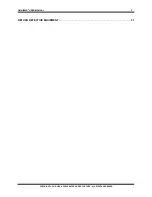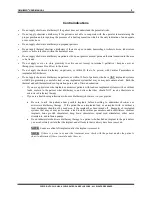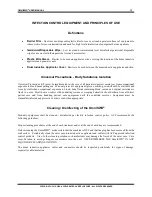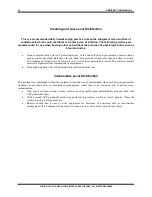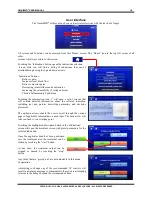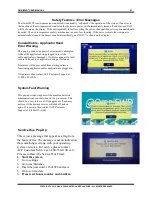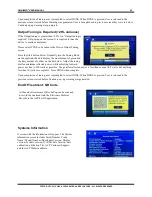
OMNISWD
®
USER MANUAL
9
COPYRIGHT © 2019-2020, ACCELERATED CARE PLUS CORP., ALL RIGHTS RESERVED
THE OmniSWD
®
Delivery of the OmniSWD
®
Upon receipt of the unit check for any damage which may have occurred in transit. If any signs of damage are found
then retain all packing material and inform the carrier and the Company or its agent from whom the unit was
purchased.
Check that the AC voltage and frequency stamped on the rear panel of the unit are as required. If the AC supply is
not within the range specified on the rear panel; DO NOT CONNECT THE UNIT TO YOUR AC SUPPLY.
The AC supply must be capable of providing .75A (220-240V 50/60Hz) or 1.5A (100-120V 50/60Hz). Connect the
AC plug to a suitable socket. The OmniSWD
®
is now ready for use.
Introduction
In 1890, Darsenval first applied high frequency currents therapeutically. In the early 1920’s investigators began
experimenting with shortwave therapy devices of various configurations for a variety of purposes. After World War
II, microwave therapy was introduced following the development of radar. Both shortwave and microwave therapy
are now in use on a routine basis in physical medicine.
Although, the specific mechanisms behind the use of high frequency currents are not altogether understood, it is well
established that this energy causes vibration of ions and molecules within the cells and tissues. Depending on the
intensity of the high frequency energy applied, this vibrating effect causes more or less tissue heating. Significant
stimulatory effects may occur in the tissue at thermal and sub thermal levels of high frequency energy exposure.
When the frequency used is high, e.g.: 27,000,000 Hz (27 MHz) as applied in shortwave equipment, the energy may
be directed to the body without direct electrical contact of the electrodes.
High frequency energy used in therapy when absorbed by the body produces thermal effects by inducing a current
into the tissue which increases tissue kinetic energy through resistive heating. Temperature increases occur when
energy is expended in the tissue faster than it can be removed by the circulatory system or by conduction into
adjacent tissues. Temperature is therefore a yardstick of net energy absorption in the tissue.
Energy absorption in tissue is the underlying factor which must control dosage. Shortwave should not be used
merely to maximally increase temperature in the tissue undergoing treatment. Dosage needs to be applied based on
the nature and location of injury and whether acute or chronic in nature. It is well recognized that lower dose
applications are generally used in acute conditions and higher dose applications are used in more chronic conditions.





